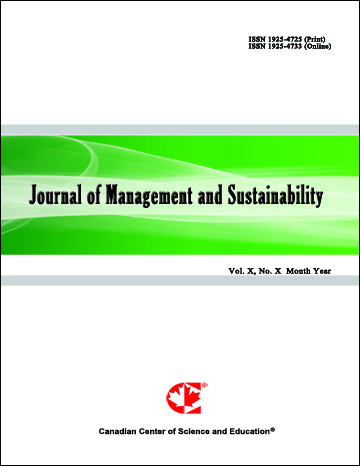Mangrove Spatial Distribution in the Indian Sundarbans: Predicting Salinity-Induced Migration in a Changing Climate
- Anirban Mukhopadhyay
- David Wheeler
- Susmita Dasgupta
- Ajanta Dey
- Istiak Sobhan
Abstract
This study contributes to understanding the physical and economic impacts of progressive, climate-driven aquatic salinization on the spatial distribution of mangrove species in the Indian Sundarbans, which accounts for about two-fifths of the 10,200 km2 tidal-wetland forest delta. To estimate future mangrove distribution, a five-step analysis was undertaken, using high-resolution spatial assessments. A current (2015) basemap and overlays of salinity tolerance for major mangrove species and their assemblages and projected location-specific aquatic salinity for 2050 were used to predict salinity-induced migration. The results show gain-and-loss patterns, with salt-tolerant species predominating at the expense of freshwater species. These changes are likely to reduce the flow of ecosystem services, adversely affecting the livelihood options of poor people in adjacent areas. Effective management will require establishing baseline data for monitoring system changes over time, protocols for maintaining species health, and support for mangrove regeneration and restoration. Resources should also be directed to alternative livelihoods for mangrove-dependent households. The study recommends an integrated policy approach, focused on rising salinity, changes in mangrove dynamics, and the welfare of mangrove-dependent communities.
- Full Text:
 PDF
PDF
- DOI:10.5539/jms.v9n1p1
Journal Metrics
Google-based Impact Factor (2021): 1.54
h-index (July 2022): 37
i10-index (July 2022): 147
h5-index (2017-2021): 12
h5-median (2017-2021): 19
Index
- Academic Journals Database
- ANVUR (Italian National Agency for the Evaluation of Universities and Research Institutes)
- CAB Abstracts
- CNKI Scholar
- EconBiz
- Excellence in Research for Australia (ERA)
- GETIT@YALE (Yale University Library)
- Harvard Library
- HeinOnline
- Infotrieve
- JournalTOCs
- LOCKSS
- MIAR
- PKP Open Archives Harvester
- RePEc
- Scilit
- SHERPA/RoMEO
- Stanford Libraries
- UCR Library
Contact
- Evelyn XiaoEditorial Assistant
- jms@ccsenet.org
